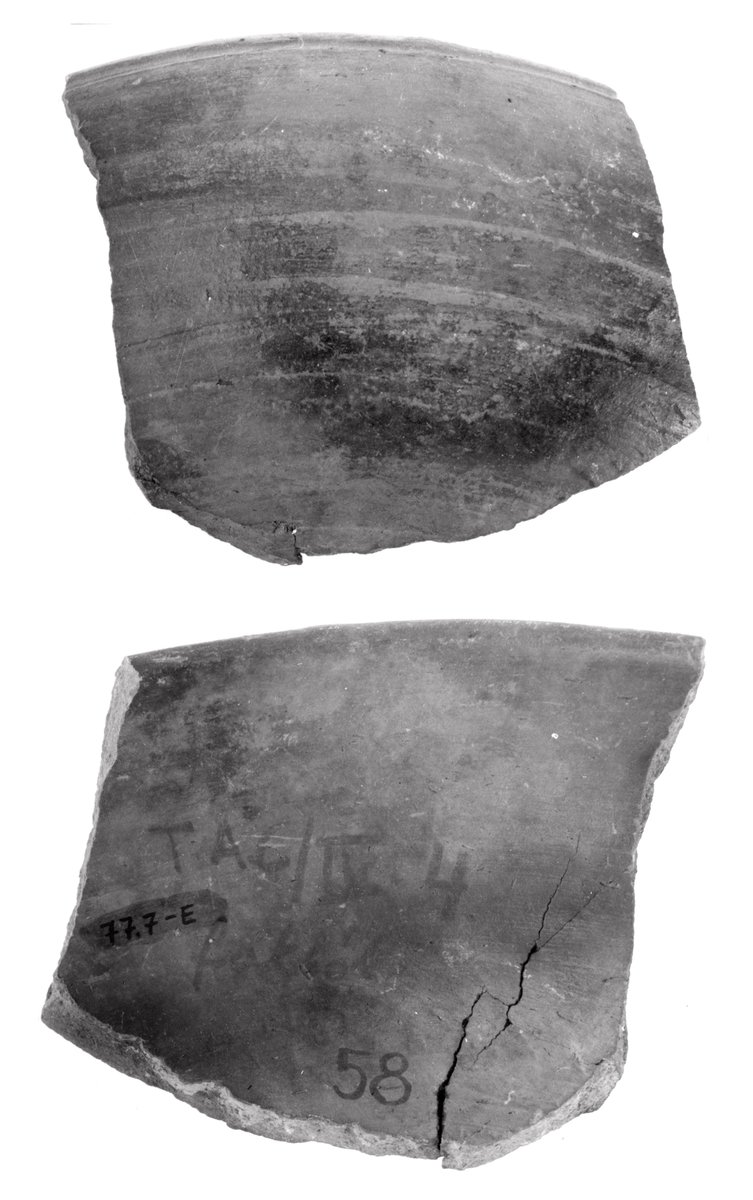
Fragment of a Bowl
Egyptian Art
| Place of production | Egypt |
|---|---|
| Date | Late Period |
| Object type | sculpture |
| Medium, technique | Bronze |
| Dimensions | 3.9 × 7.5 cm |
| Inventory number | 2019.1-E |
| Collection | Egyptian Art |
| On view | Museum of Fine Arts, Basement Floor, Ancient Egypt, Temples and gods |
The solid bronze figurine with its trunk-like snout on the detailed box is a shrew. It stands in a slightly crouched position with its legs fixed to the cylindrical body. In the Egyptian iconography, this position of the legs symbolises the immobility. The formerly long tail is broken. The shrew has small, deep-sunk eyes. The shrew was considered “blind” by the Egyptians, because of its stunted eyes, and therefore was connected to the seeing and blind God, the solar deity Horus of Letopolis, who was born with blind eyes as well. The Egyptians regarded shrews as guardians of the sun god Re during his nocturnal travel in the Afterlife. It has winged gods and solar symbols incised on the back, similar to those found on Apis bulls. As a relic box, this open form of a rectangular box contains a small animal mummy. After death, this box embraced the animal’s body waiting for rebirth, and the figure on the box was the cult image in which the deity could be embodied. In the hieroglyph inscription on the plinth, the (temporarily) blind shrew form of the Horus of Letopolis was asked to “give (after) life” to Imhotep.
This record is subject to revision due to ongoing research.